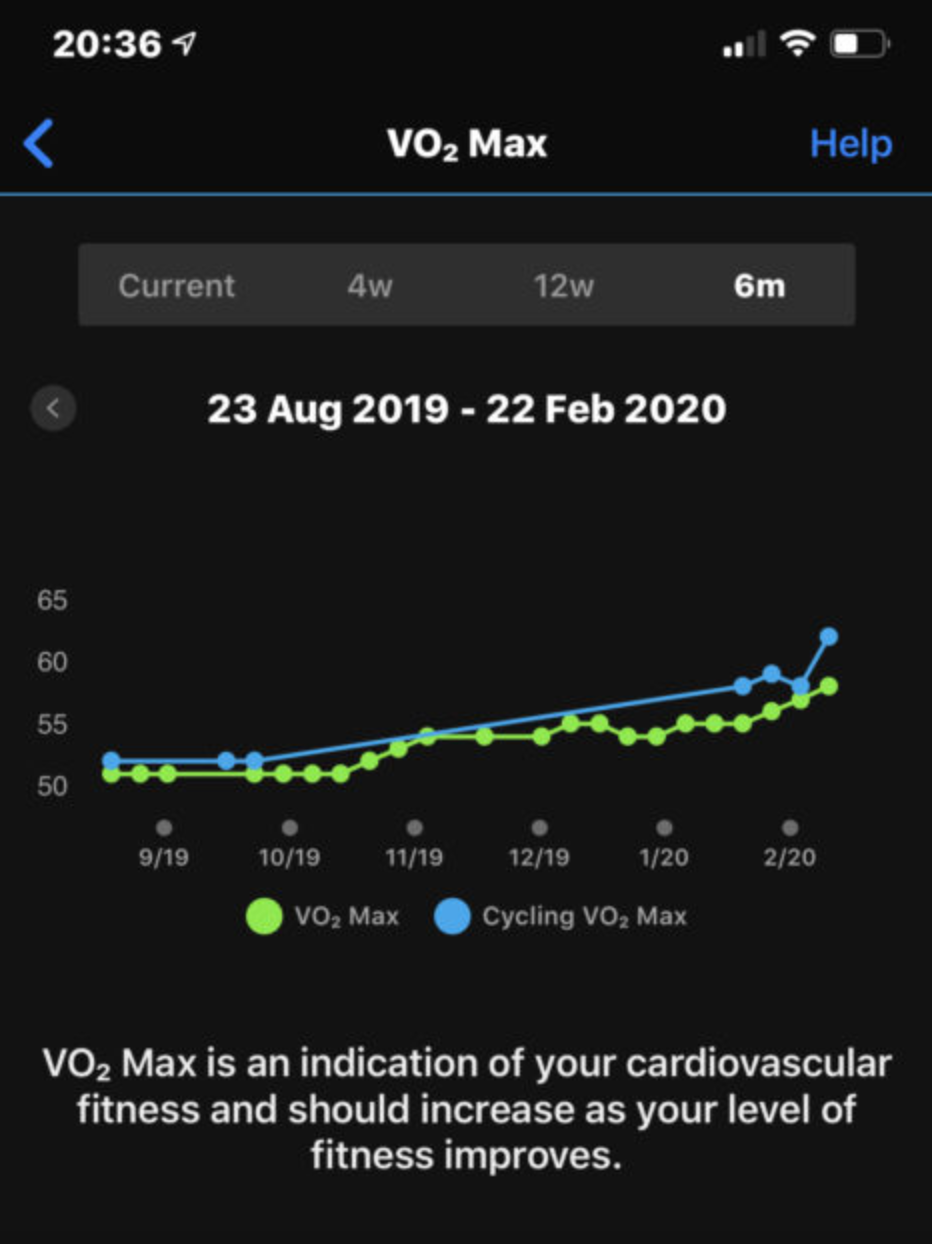Power Meter Training for Ironman Triathletes
- paddlepedalpace
- Sep 19, 2021
- 4 min read
Power meters and power training have been around for a while in elite cycling and pro triathlon.
Does power meter training for Ironman racers and in particular age groupers make any difference though, let’s have a look?
So watt (lol) is the give with power meters?
Ok, first thing, there is literally nowhere to hide with a power meter.
If you are having a bad day (or slacking) you know, very quickly! Heart rate training gives false metrics on the bike because there is a lag between applied effort and work done.
Think of it this way, heart rate tells you the effort you are putting in. Power tells you the performance you are creating.
So would you rather measure effort OR performance?
Performance wins every time.
There are however some things that you need to take into consideration when working with a power meter.
1 – You Need to Know YOUR Numbers
There are a few variables with power meter training, it is not as simple as bolting one on and magically you are faster.
Power meter training is all focused around numbers and science.
The first thing you need to know is your FTP (Functional Threshold pPower), which is basically the maximum power that you can hold for an extended period of time.
OR
Your Lactate Threshold (LT) which is slightly different and can only be measured in a lab through blood testing.
If you have no idea what these are then you definitely need to have a consultation with a GOOD coach prior to starting to work with power.

2 – You Need To Know How To Manipulate The Variables
Once you know your FTP or LT then you need to work out your training zones based on the following:
Zone 1 = <55% FTP (active recovery)
Zone 2 = 56-75% FTP (endurance training – long duration)
Zone 3 = 76-90% FTP (tempo training – improves sustainable power)
Zone 4 = 95-105% FTP (threshold – improves race pace)
Zone 5 = 106-120% FTP (VO2 max – improves short term high level efforts)
Zone 6 = 121-150% FTP (anaerobic capacity – short term maximal efforts)
You then need to structure your training based on the above numbers to improve the elements that you have pinpointed as weaknesses.
That is somewhat out of the scope of this blog, as said previously a good coach (like me for example) will help you OR have a read of The Triathletes Training Bible by Friel.
3 – You Need To Be Religious About Working To These Numbers
Once you have your plan in place it is vital you stick to it, otherwise your power meter is nothing more than an expensive crank arm (or exercise bike).
That means your training will need to be specific to you, which will result in lots of time on your own.
If the social element of training is a big deal for you then power-meter based training may not be ideal.
I think that the choice ultimately comes down to whether personal performance or social training is the most important driver for you.
How About Racing?
This is where a power meter comes into its own. Pacing yourself across the 112 miles of an Ironman can be a daunting task.
With a power meter, you can take all of the guesswork out of it, all you need to know is your FTP or LT number.
You then multiply by a percentage in order to fix a number that you should target for either average power (on a flat course) or normalised power (for a hilly one).
The usual thinking is 80% is ideal to leave you fresh for the run. So if your FTP is 300w then you should target around 240w for the bike leg. This will leave you in decent shape for the run.
If you are a weaker biker then go lower, or a stronger biker go higher.
In Conclusion
I know that all of this talk can be cheap – so here is some data from my own training in the first 6 months of training with a Power Meter.
Below is the effect it had on my cycling VO2 max. This is from Garmin so probably not massively accurate but it IS comparable as it will always be equally inaccurate.

I did, however, completely dedicate myself to running the numbers and working to them religiously.
Personally, I LOVE data and seeing progress demonstrated in the numbers. Both for myself and for my coached athletes.
Outside of that though, I have seen as huge a difference on the road, when this data was taken I had NEVER felt as strong OR ridden as big average speeds.
I was generally averaging 21/22mph when across the previous 25 years it has been 19mph max.
In terms of race performance, this equated to 2x 1st places in duathlon events, a 10th place in my age group at Outlaw X in September 2020 and ultimately a qualification for the GB age group team.
SO ultimately YES power meter training for ironman athletes will be beneficial but only if you use it correctly.
If you have any questions or would like to discuss how I could help you improve your performance please contact us or check out our coaching packages.



Comments